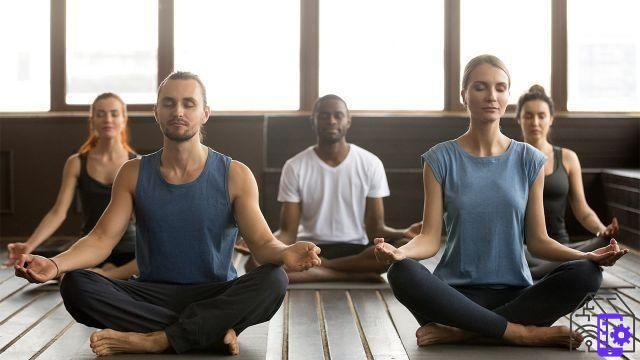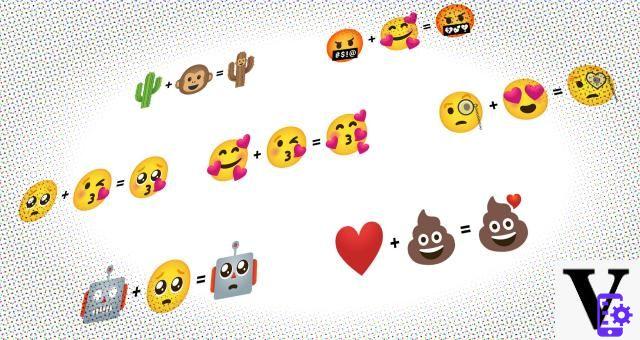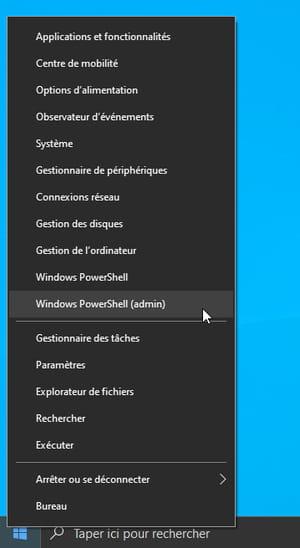
Practice yoga it is one of the most popular daily activities in the world. Regardless of age and gender, millions of people around the world choose this discipline for their psychophysical well-being. Today more than ever, in fact, yoga is an activity that cannot be missing from the agenda of those who care about themselves. To all intents and purposes, therefore, we can define it as a current discipline, despite its origins dating back approximately al 5000 aC. Therefore, the simple fact that she has managed to survive for so long makes yoga practice the ideal theme for our “How It Has Changed” column.
The (ancient) origins of yoga
According to some data dating back to 2021, they are about 3 million people who practice yoga in Italy. As you well know, in fact, the discipline has become a real trend among wellness enthusiasts. Being an incredibly versatile business, it has managed to find space in a society that is also very different from the one in which it originated. According to some scholars, in fact, the first testimonies of yoga should be made date back as far as 5000 BC, when the discipline was handed down from master to disciple exclusively orally. Materially, however, the first written traces of the practice date back between 3000 and 1800 BC, even if the most concrete testimonies are in the Upanishad, texts written in Sanskrit between 800 and 300 BC
Starting from this moment, then, the historical testimonies become many. As in the case of the BhagavadGita contained in the poema Mahabharata - about the sixth century BC -, that is a treatise of 700 verses that defines the three important ways of practice: the Karma Yoga (the way of action), the bhakti-yoga (the way of devotion) e Jnana yoga (the way of knowledge). On the other hand, the Sutra, which are short written sentences that express fundamental concepts and ideas for the practice. Finally, in the medieval period the Tantra, full-bodied texts that contain some of the fundamental concepts of practicing yoga. In short, the historical evidence of the discipline is more than evident. Now what we need to understand is how these founding principles have come down to our age.

Practice yoga today
Once we clarified the ancient origins of yoga, we wondered how it is possible that this discipline is able to respond to the needs of practitioners of our century. The answer, apparently, is to be found in the business of Krishnamacharya, better known as the "father of yoga". In fact, at the beginning of the XNUMXth century, this Indian Guru formed some of the prominent figures of modern practice: Pattabhi Jois, for example, which gave birth to theAshtanga Yoga. And then also Indra Devi e BKS Iyengar, to whom we owe instead the practice ofIyengar Yoga, essentially based on precise alignments and the use of supports. The spread of the discipline in our century is therefore due to these three fundamental figures. And not only.
Over the last few decades, in fact, many new styles of yoga have been born - some static, others lively -, testifying to the fact that it is a constantly evolving discipline. Of course, over the centuries the goal of the practice has always remained that of psychophysical well-being of the person, but the procedures with which to insure it have changed considerably. And perhaps this has allowed the practice to be so much appreciated. Although it is a complete discipline, in fact, it manages to be approached rather easily by people who intend to find a dialogue with themselves. To relax after long days of work. To perceive what the state of one's body is. Then, fortunately, technology also helped us to do all this.
Yoga and tech, a winning combination
Over the last few months, practicing yoga with the help of hi-tech tools has become a daily habit. Thanks to the lockdown, which forced thousands of people to practice the discipline at home, alone and without ever being able to go out. Here then is what we owe the multiplication of applications for meditation and yoga, which allow even beginners to approach the discipline, through tutorials and videos that clearly show how to perform the asanas. For the more experienced, however, technology offers interesting smart solutions for an almost flawless practice.
Like the leggins smart di Wearable X, which allow you to perform the movements correctly thanks to the accelerometers positioned on the hips, knees and ankles. Or like the smart yoga mat, equipped with sensors that are able to perceive the correct distribution of body weight on the limbs, so as to be able to correct you in case your posture is not correct. Clearly, nothing is left to chance. The mat, in fact, is calibrated on the basis of your weight and your body structure, so as to respond to all your physical needs. In short, now the discipline no longer makes use of only the ancient Sanskrit texts, but also of hi-tech tools that make it more current than ever. And this is enough to explain why practicing yoga is still a trend thousands of years after its origin.
 Iodoo Yoga Mat Non-Slip Cork, Yoga Mat ...
Iodoo Yoga Mat Non-Slip Cork, Yoga Mat ...
- 【Extra wide design, more freedom of movement】 Extra wide unique design, 32 inch wide makes you feel more ...
- 【Eco-friendly cork surface and 6mm extra thick】 Eco-friendly cork surface design, absorb the ...
- 【Non-slip surface and bottom】 Cork surface would absorb any liquid keeping the surface ...
 BACKLAxx Yoga Blocks 100% natural Cork - Blocks ...
BACKLAxx Yoga Blocks 100% natural Cork - Blocks ...
- OPTIMAL HOOK: The natural properties of cork ensure optimal grip even during sweaty lessons.
- SUPPORT: The three different height options of the cork yoga blocks give you individual support during ...
- SUSTAINABLE: Use of 100% natural cork. As a natural skin-friendly product, cork is free from ...

























